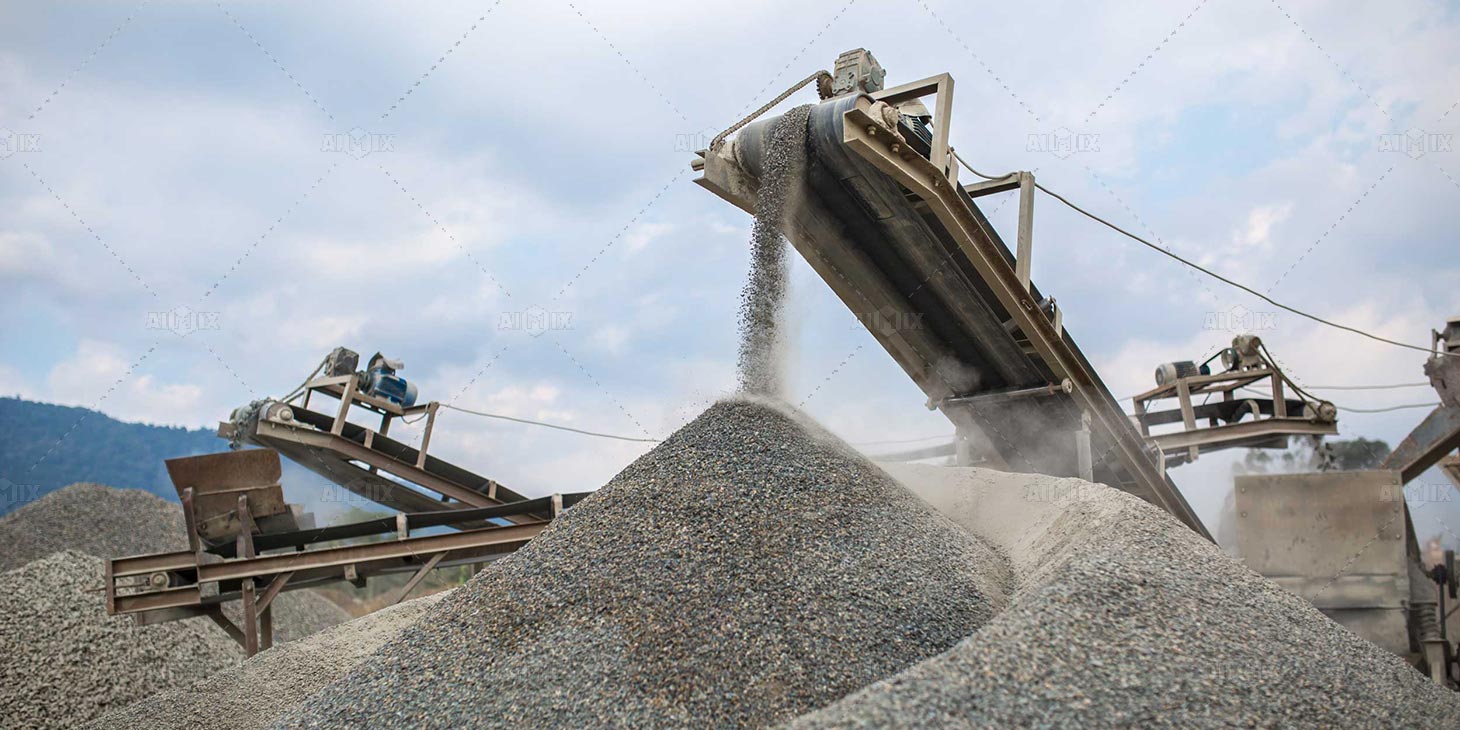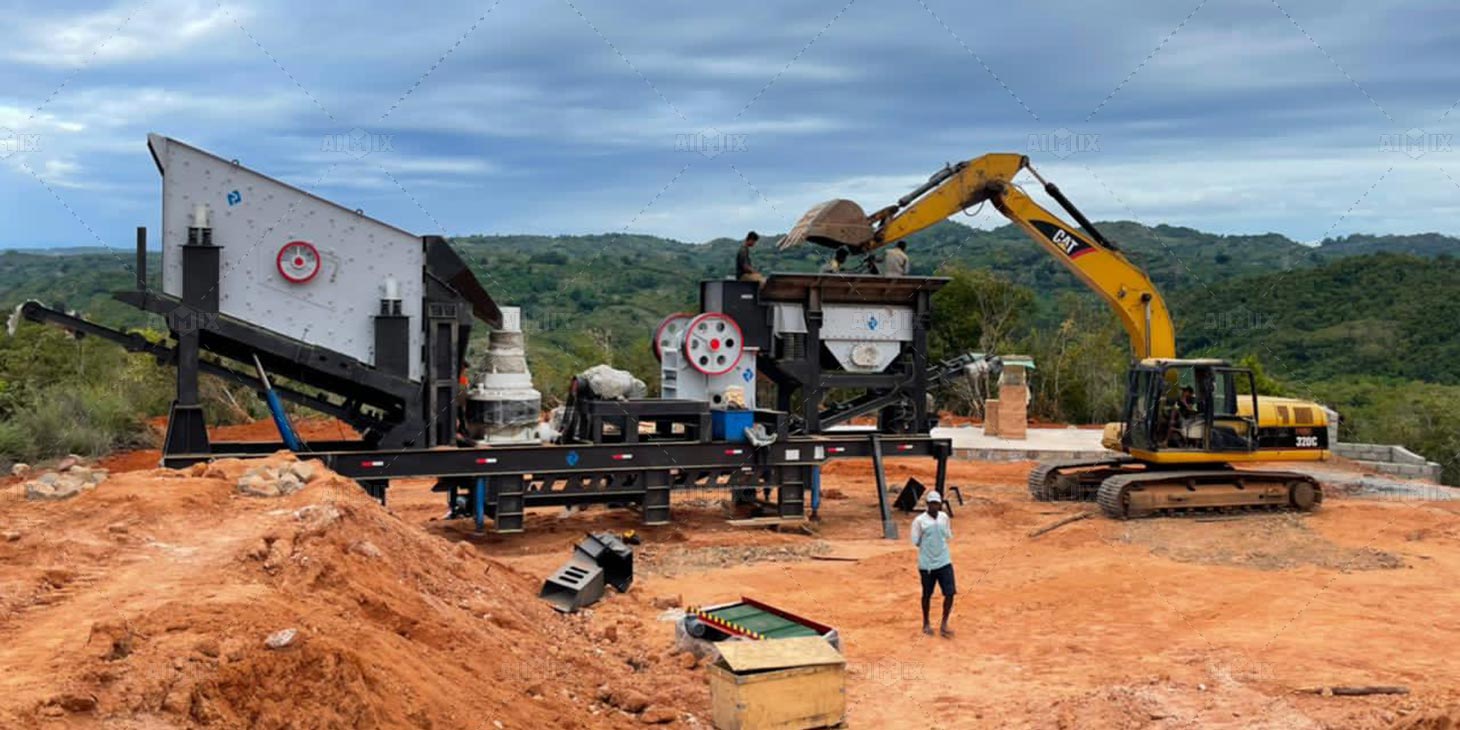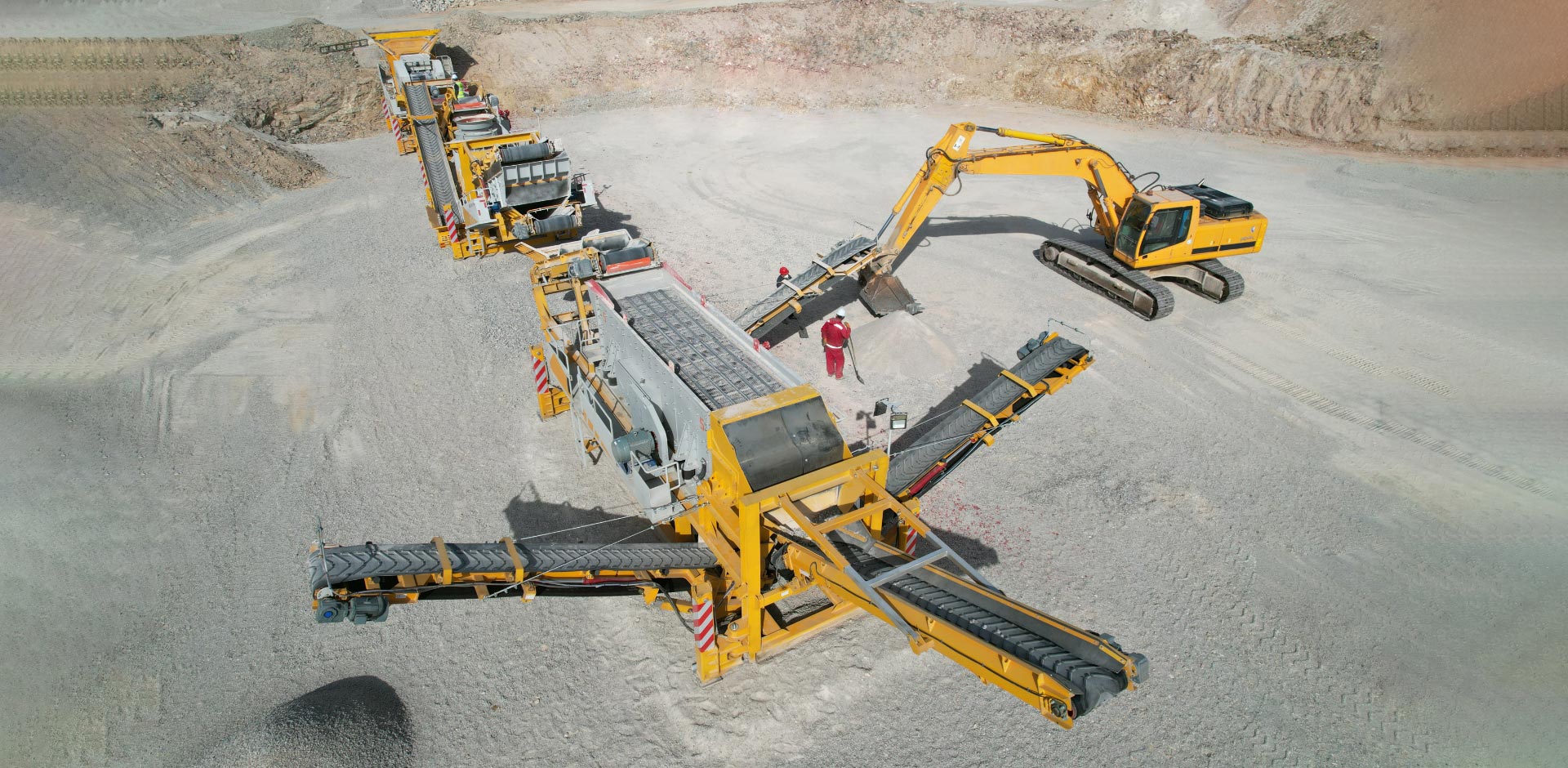Mobile crushing plants have emerged as innovative solutions for recycling construction waste and producing aggregates for various construction applications. One intriguing question in this realm is whether processed construction waste from these plants can effectively substitute traditional sand in construction projects. Let’s delve into this topic to understand the feasibility and implications of such a substitution.
Construction waste, comprising materials such as concrete, asphalt, and bricks, is a significant environmental challenge. Mobile crushing plants offer a sustainable solution by processing this waste into usable aggregates. However, the potential substitution of sand with processed construction waste raises important considerations regarding material properties, performance, and environmental impact.
The Properties of Processed Construction Waste
Processed construction waste from mobile crushing plants exhibits distinct properties that differentiate it from natural sand. Understanding these properties is crucial in assessing its suitability as a substitute for sand in construction projects.

Particle Size Distribution
Processed construction waste typically has a coarser particle size distribution compared to natural sand. While this may affect the workability of concrete mixes, it also offers benefits in terms of improved aggregate interlocking and mechanical properties.
Chemical Composition
The chemical composition of processed construction waste varies depending on the types of materials being recycled. While some components may contribute to the hydration process in concrete, others may introduce deleterious substances that affect durability and long-term performance. Learn more about plant details here: https://aimixglobal.com/crusher-plant-sale/.
Porosity and Absorption
Processed construction waste often exhibits higher porosity and absorption characteristics compared to natural sand. This can influence the water-cement ratio in concrete mixes and may require adjustments to maintain desired workability and strength properties.
Performance Considerations
Substituting sand with processed construction waste presents both challenges and opportunities in terms of material performance and structural integrity.

Mechanical Properties
Studies have shown that concrete mixes incorporating processed construction waste can achieve comparable compressive and flexural strengths to those made with natural sand. However, careful optimization of mix proportions and curing practices is essential to ensure consistent performance.
Durability and Environmental Impact
Processed construction waste may contain contaminants or deleterious materials that can affect the long-term durability of concrete structures. Additionally, the environmental impact of sourcing and processing construction waste through portable impact crusher must be carefully evaluated to determine its overall sustainability compared to natural sand extraction.
Environmental Implications
The substitution of sand with processed construction waste aligns with sustainable construction practices by reducing the demand for natural resources and minimizing landfill disposal.
Resource Conservation
By utilizing recycled aggregates from mobile crushing plants, construction projects can reduce reliance on finite natural sand resources, thereby promoting resource conservation and minimizing environmental degradation associated with sand mining.
Waste Reduction
Substituting sand with processed construction waste offers a viable solution for diverting significant volumes of construction waste from landfills. This contributes to waste reduction efforts and supports the circular economy principles of reuse and recycling.
Conclusion
In conclusion, the substitution of sand with processed construction waste from mobile stone crusher plants represents a promising opportunity to promote sustainability, resource conservation, and waste reduction in the construction industry. While challenges exist in terms of material properties, performance considerations, and regulatory compliance, ongoing research, technological advancements, and collaborative efforts among stakeholders are driving progress towards realizing the full potential of recycled aggregates in construction applications. By embracing innovative solutions, adopting best practices, and adhering to stringent quality and environmental standards, the construction industry can harness the benefits of recycled aggregates while mitigating potential challenges and advancing towards a more sustainable and resilient built environment.

